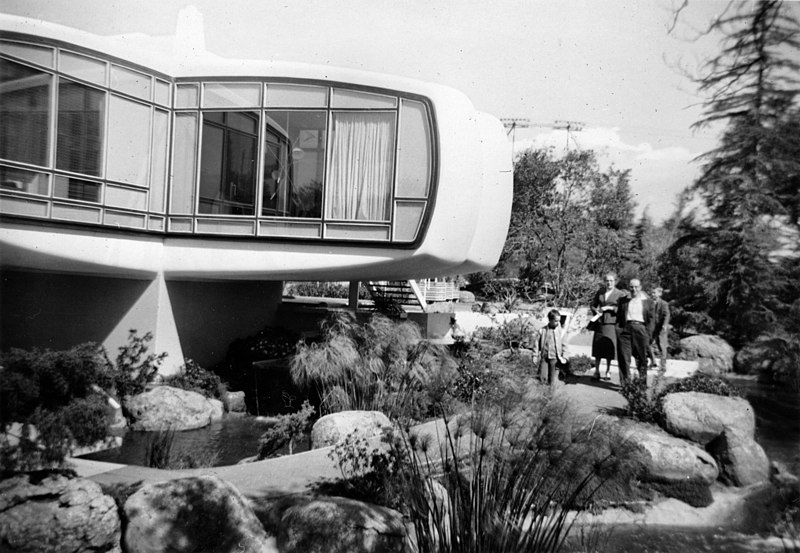
Wood
My father was old when I was born. His father was old when he was born. This means that I’m just two generations removed from The Old West and the attitudes and outlooks of people from the nineteenth century.
So, this blog entry is going to be yet another essay on how we can’t paste our twenty-first century ideas onto an earlier time and assume that, after all, “people are people.”
No. People change. The Roman citizen of 100 A.D. was a different cat than you or I.
Let’s take the example of wooden parts inside World War II aircraft. Wood is problematic when we attempt to represent it in miniature, simply because we tend to completely misunderstand how people saw it before the invention of plastic.
Today, we make a “big deal” out of making sure that you can tell it’s wood. Wood grain is a status symbol. Wooden floors have to look like wood. You don’t paint them. Wooden furniture looks like wood. You never, ever paint it.
Mostly.
Anyway, except for a few exceptions, people like to keep wood looking woody. Because if they don’t, it might end up looking like PLASTIC. The whole point of showing off your snazzy wooden interior or floor or furniture is that IT’S NOT PLASTIC. In this day and age you want to make sure that nobody thinks you have “cheap” plastic stuff. Nossir. That’s wood!
But let’s put the “whoa” on them doggies and consider how my grandpa looked at wood, before the invention of plastic.
When he looked at it, he didn’t see snob appeal in the form of curvy woodgrain. He saw lumber. He saw unfinished wood and unfinished wood was cheap and made you look like somebody who was too poor to be able to use finished wood on a project.
Unfinished wood would absorb moisture, swell, and split. It would fail. It tended to splinter. The surface was rough.
Nothing says “poor sharecropper” like an unfinished wooden table in the kitchen.
So let’s steer this boat back to shore. In the most recent model kits, researchers have discovered that a lot of World War II aircraft had wood panels inside the crew compartments. This has led them to immediately assume that the wood was either unfinished, or finished with light coat of tung oil or maby some clear acrylic finish.
Yeah. That’s what we’d do in our home, and people are people, right?
But no. I tell you verily that if my dad had climbed inside a vehicle and seen “lumber” in there…well, I can see his face.
For some time, experts told us that the interior of the P-51 had a wooden floor, so the experts proclaimed that the floor in a P-51 model should be “wood colored” and you might even put some woodgrain in there, and look! Here’s some misguided foreigners from the Czech Republic with an appropriate decal!
Then came the news that the floors in those Mustangs were painted black. No woodgrain. No need for decals.
Now I’m wondering just how many “wood” items inside the most sophisticated technology of the age would have been LUMBER. You crawl up inside your gleaming metal tube of righteous technology, and…
WHAT THE HELL?
LUMBER!!
Well, I don’t know about wooden floors in mustangs, but what I do know is that house looks cool in that photo.
Oh, and wood panelling on old cars from the 70s. Remember those? And fake wood coatings on stereos and tvs and….
In the 18. century manor houses had the wood panelling painted to resemble marble! Its wood however.
Your post doesn’t surprise me. 🙂
Anybody know why the floors in Mustangs were made out of Plywood?
Because aluminum would “rattle like a beer can” ??
More info here:
https://www.supercub.org/forum/showthread.php?44706-The-2013-floorboard-thread
The reality is that varnished wood was a “marine” thing (as in yachts) and the link between aircraft and boat building is interesting. I’ll have to do another post on this (maybe more than one).
A number of WW2 airplanes had wood parts. In bombers Ammo bins could be plywood, also, map holders, chart tables, floor and non-structural parts, and misc storage. Hell Spitfire prop blades were wood, even on later Marks. And don’t forget some pilots had wooden heads.